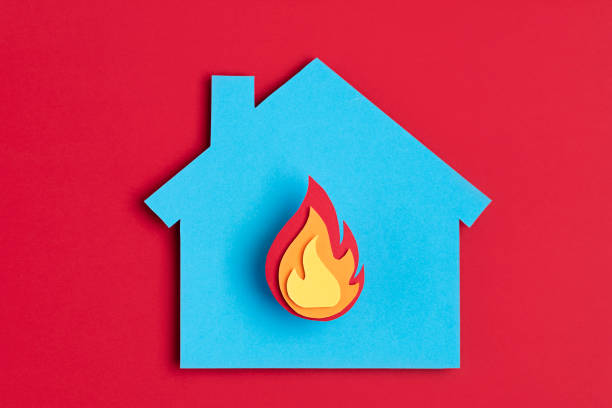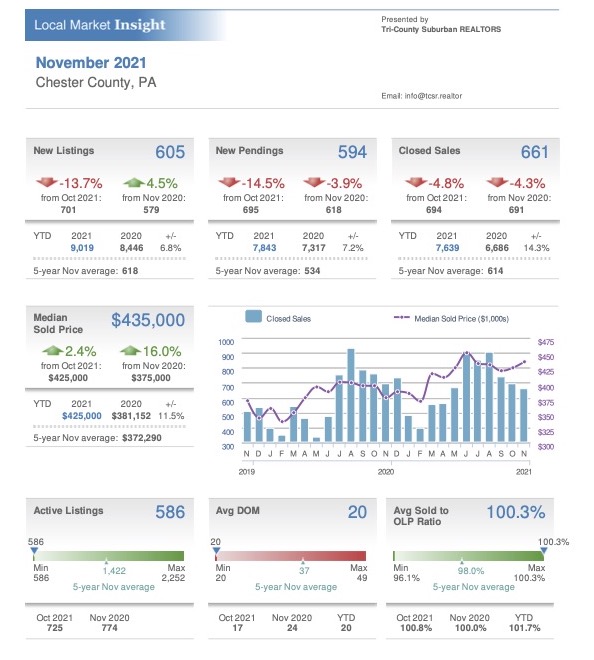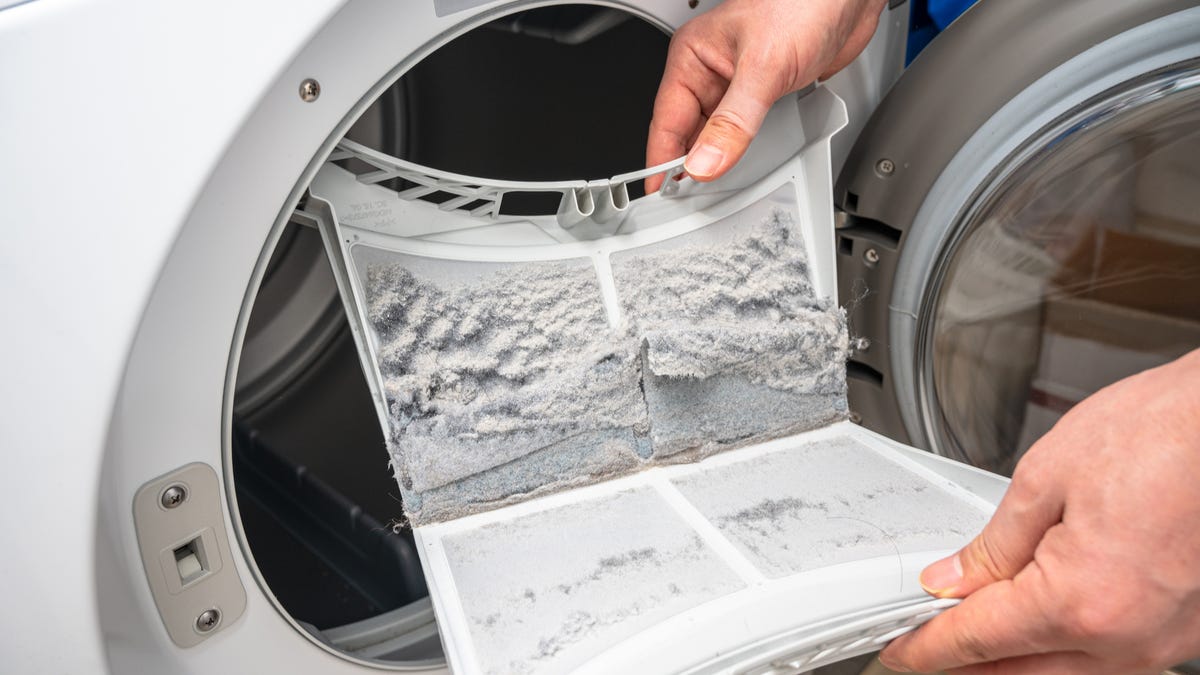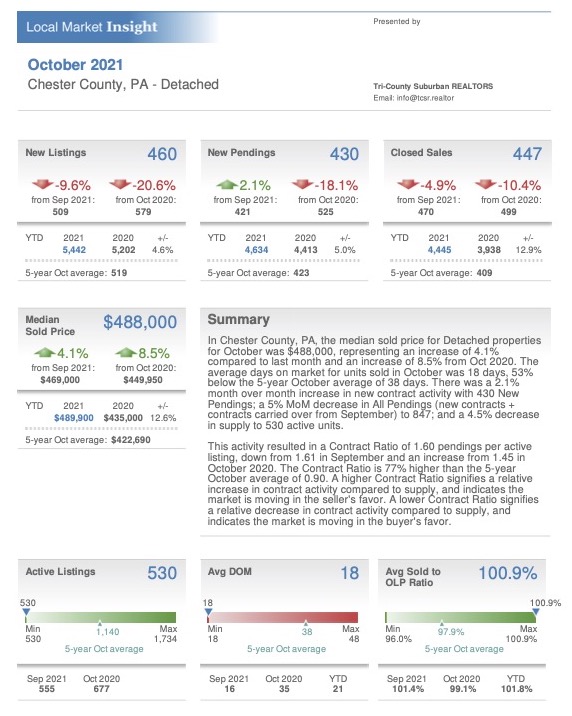8 Tips for Saving Money in the New Year
.jpg)
Many think that saving money is impossible, but there are plenty of easy ways to stockpile your hard-earned cash. Take a few of these ideas and build up your savings account, save for a family vacation, a college fund, or add to your home emergency fund:
-
Ask your employer to deposit your pay directly into your bank account. Automate your savings by setting up an automatic transfer from your checking to your savings each payday. When you do not see the money, you do not miss it.
-
Piggy banks are not only for the kids! At the end of each day, add coins to a large jar or other container. Save one- or five-dollar bills instead of spending them and add them to the jar as well. Set a goal for how long you will save until you deposit or spend the cash.
-
Sign up with a rebate shopping website such as Rakuten or Ibotta, and have the rebates sent to your PayPal or other online payment system account and think of it as a no-interest savings account.
-
Once a loan or credit card balance is paid off, add the payment amount you would normally make to your savings.
-
Open a "club" savings account for holiday shopping or summer vacations. Automatically transfer a set amount each month, and when the shopping or vacation date is near, you may withdraw the money without penalty. Taking advantage of these low-interest savings accounts help with overspending, as well as cutting down on expensive credit card spending.
-
If you use coupons or a loyalty card while grocery shopping, look for “You saved $X today!” on your receipt, and squirrel away that total in your savings.
-
Round your checking account balance at the end of each month and transfer the difference to your savings. For instance, if there is $613.68 in your checking account, transfer $13.68 to your savings.
A few dollars here or a handful of change there does not seem like you are saving very much, but it truly adds up. Checking the balance every few months will encourage you to continue adding to your savings hoard. Have you met your savings goal? Increase it and keep saving! Once you develop a routine, saving becomes second nature--a habit you will not want to break!
Courtesy of Chester County PA Realtor Scott Darling.
Photo credit: vfcu.net
.jpg)












